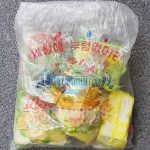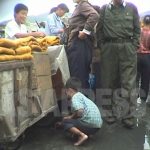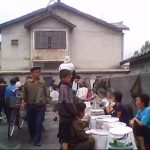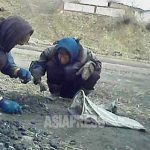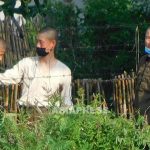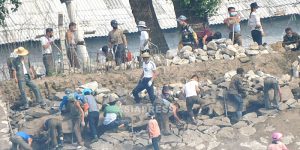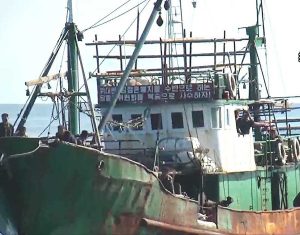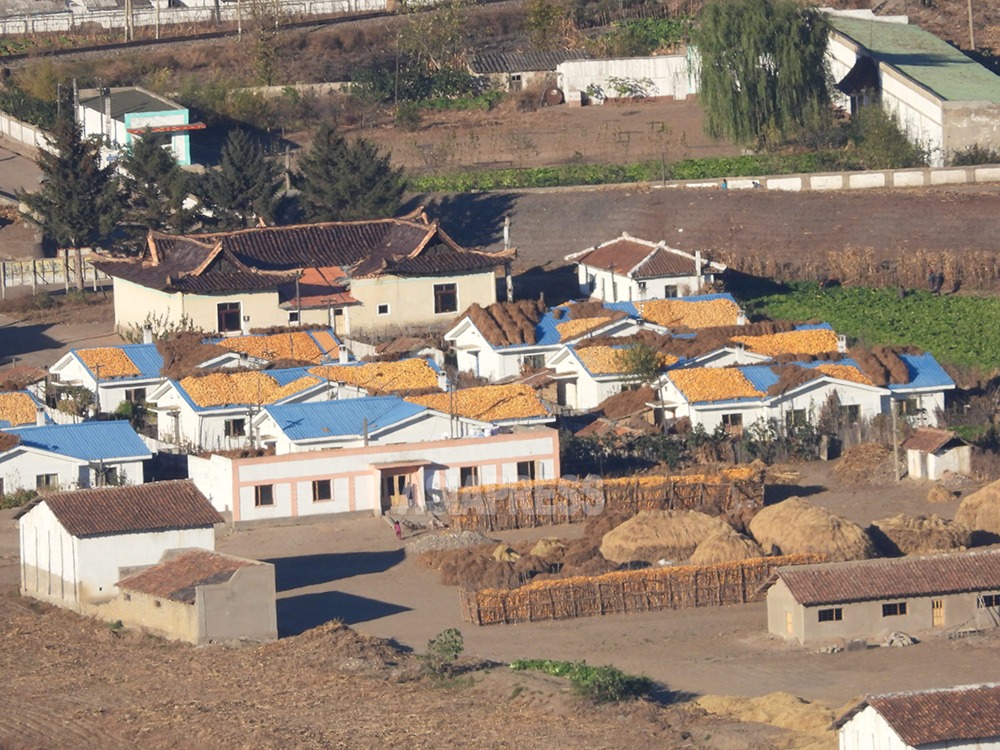
Kim Jong-un's agricultural policy reforms have brought significant changes to farm operations. The previous article examined changes in production. This time, we'll look at changes in product distribution. This article will analyze North Korean authorities' attempts to boost farmers' motivation while maintaining the principle of prioritizing state plans, and their effectiveness. (JEON Seong-jun / KANG Ji-won)
◆Distribution: Farmers' Lifeline
First, let's understand the concept of distribution in North Korea.
Article 2, Section 7 of North Korea's "Labor Compensation Law," enacted in 2020 and revised in 2023, defines distribution as follows:
'Settlement distribution refers to the process of reviewing production and financial activities over a set period and determining and distributing income in sectors where it's difficult to review such activities monthly, such as agriculture, livestock, orchards, sericulture, salt production, and fisheries.'
In other words, the state's share is calculated first through settlement distribution, followed by the farmers' share.
Unlike workers who receive monthly rations and wages from the state, farmers receive compensation for their labor through distribution once or twice a year. Distribution is farmers' most important source of income for sustaining their lives.
Sources say the standard distribution per farmer is 750g of grain per day, or 260kg annually. This amount assumes fulfillment of both quantity and quality of required labor. North Korean farms evaluate farmers' labor quantity and quality through a unique system called the "work-point system."
However, due to declining agricultural production that consistently fails to meet state quotas, farmers haven't received their full distribution according to standards for the past 20-30 years.
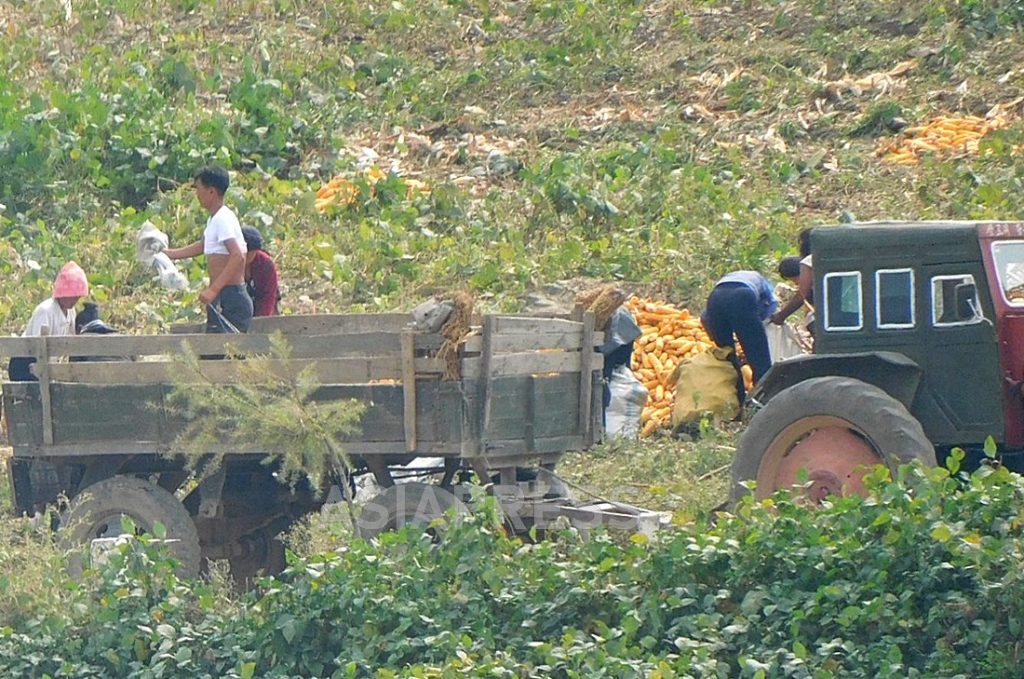
◆Distribution Under Revised Laws
While laws have limitations in revealing detailed distribution practices, they offer several insights.
Article 30 of the Farm Law revised in November 2021 states: 'When work teams fulfill the state grain procurement quota and farm collective contribution, all produced grain must be distributed in kind to work teams.'
Article 12 of the Grain Management Law revised in March 2021 specifies: 'State planning agencies and central agricultural guidance organs must divide annual grain procurement plans into compulsory procurement and contract procurement plans. Compulsory procurement plans must be established based on grain quantities corresponding to land, irrigation water, electricity usage shares, and state-invested agricultural supplies, and conveyed to agricultural guidance organs at the beginning of the year. Contract procurement plans consider compulsory procurement and farms' self-consumption needs within total grain production plans.'
Grain procurement is the process where authorities, who claim to provide food to residents, purchase grain from farms at state-set prices to ensure rations for the military, urban residents, and factory workers.
